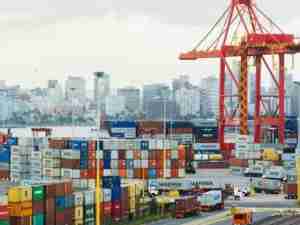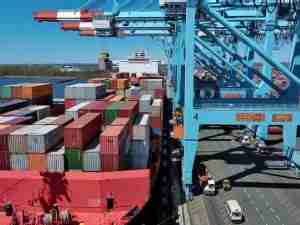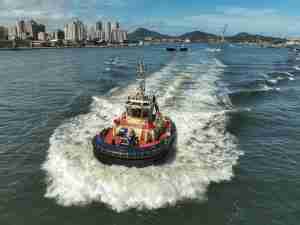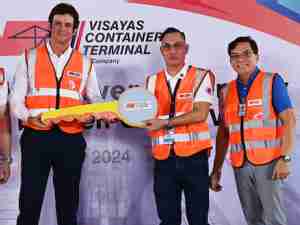Wilson Sons, a leader in port and maritime logistics in Brazil, achieved expressive operating results in the first four months of the year at the Rio Grande Container Terminal, the company's terminal facility located in Rio Grande/RS. Between January and April, the terminal posted an 11% growth compared to the same period last year, reaching the mark of 198,857 TEUs (twenty feet equivalent units).
Also in the first four months, the terminal achieved a new productivity milestone in the operation of the M/V "Mediterranean Express", in January. In the operation, 1,567 containers were handled, averaging 42 containers handled per hour (HPH) on each container crane used.
Considered one of the most important terminal facilities in Brazil, and one of South America’s most competitive facilities, the Rio Grande Container Terminal is Rio Grande do Sul’s gateway to the world. It has become, over more than 26 years of operation, a key element in the economic development of the state. Serving over 3,000 importers and exporters, the facility receives the main shipping lines calling Brazil, offering weekly services to all trades in the world from 12 regular shipping lines. In terms of flow, it handles 74% of exports and 26% of imports. Over 600 varieties of goods, including parts, chemicals, resins and plastics, are imported from more than 50 locations worldwide, and resins, frozen chicken, wood, pork and furniture are exported to the United States, China, Peru and Saudi Arabia.
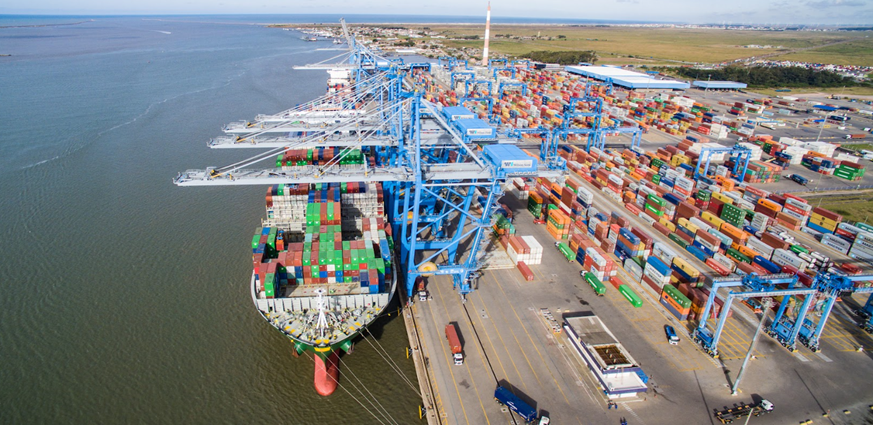
Equipped with a 900 m-long quay, the 735,000-m² facility has a static capacity of 30,000 TEUs, 20,000 m² of warehouses for general and special cargo and 10 fully automated entry and exit gates, in addition to 2,800 plugs for reefer containers. It features nine ship-to-shore container gantry cranes capable of operating on 24-container wide vessels and 22 wheeled rubber tyred gantry cranes used for handling containers in the yard, and two cable-controlled mobile cranes, nine reach stackers and 56 yard tractors.
It is supported by the operating system Navis N4, a global leader in port terminal management, and Teconline, a platform with more than 20 years of operation and over 2,600 active users from different countries, including carriers, forwarding agents, shipowners, local authorities, clients and cargo agents which inquire about cargo, vessel arrival dates and appointments.
For Paulo Bertinetti, CEO of Rio Grande Container Terminal, multiple factors have contributed to this productivity result throughout its years of operation. “In addition to fulfilling our contractual commitments, we have made heavy investments in the Container Terminal, increasing the facility's capacity and productivity by adding the latest technologies on equipment, processes, and promoting infrastructure adjustments,” he explains. “The most automated container facility in Brazil, Rio Grande Container Terminal plays a key role in the logistics of companies based in Rio Grande do Sul, as it offers a safe and reliable alternative for storing and handling the most diverse types of cargo,” he adds.
